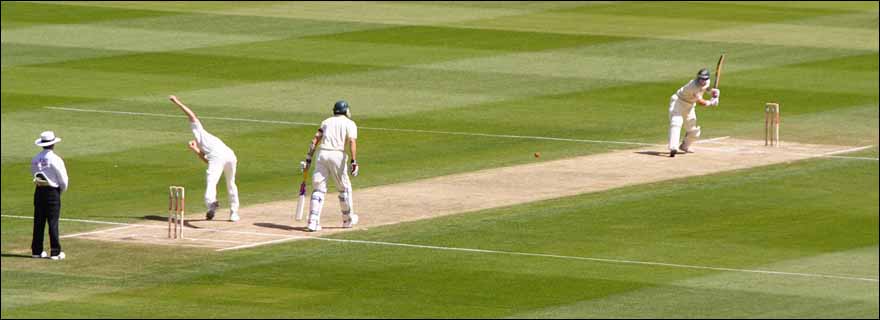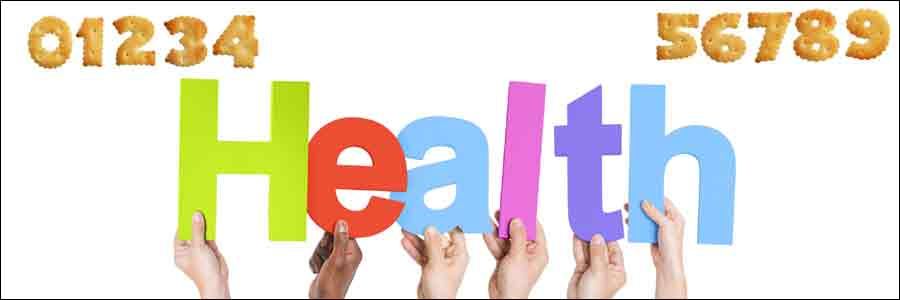
Although mind is supposed to be obedient to the intelligence yet it is so strong and adamant that it sometimes overcomes the intelligence. Mind under control is a source of positive power and energy but causes troubles if uncontrolled.
In the verse (Shaloka) 34 of chapter 6 of India’s great scripture ‘Bhagvad Gita’ Arjuna in his confused state and unable to overcome negative thoughts asks Lord Krishna:
tasyahamnigrahammanye, vayorivasu-duskaram”
The above Sanskrit verse as translated in English language means, “For the mind is restless, turbulent, obstinate and very strong, O Kṛiṣhṇa, and it seems to me that to conquer it is more difficult than controlling the wind.”
In the next verse Lord Krishna replies:
abhyasenatukaunteya, vairagyenacagrhyate”
The above verse as translated in English language means, “The Lord said: O mighty-armed son of Kuntī, it is undoubtedly very difficult to curb the restless mind, but it is possible by constant practice and by detachment.”
There are two key words here in Lord Krishna’s reply viz. Practice and Detachment. It means practicing through some way or technique, which enables us from detaching the mind from negative or undesired thoughts and actions.
There are a few techniques towards achieving this and the ancient technique of “Hong-Saw” is very effective.
The Hong-Saw Technique and its Practice
This can be done at any time by sitting in a comfortable posture. In whatever posture you sit just make sure that your spine, neck and head remain straight upright, but at ease and not tensed at all, follow the steps given below:
(1) Close your eyes and breathe normally.
(2) Just watch your breath, whether it is going in (inhalation) or coming out (exhalation).
(3) Only watch passively and do not modify the natural flow of your breath.
(4) Mentally say ‘Hong’ over the total length of inhaling breath and mentally say ‘Saw’ over the total length of exhaling breath.
(5) If after an inhalation or exhalation there is a gap and the exhalation or inhalation does not take place then do not do anything just stay passive and only be aware of this.
Note: The natural occurrence of gaps between inhalation and exhalation are normal occurrence and happen due to physical inactivity and resulting deep relaxation which lowers the metabolic rate and then even one breath is sufficient to last over a longer period of time.
(6) You may carry on this technique for as long as you enjoy in one sitting.
Benefits of Hong-Saw
With regular practice you will experience:
• Calmness and thereby control of mind
• Deep relaxation of body and mind
• Improvement of overall physical and mental health
• Increase in concentration of mind
• Freedom from anxiety
• Increase of nervous energy
• Control over distracting emotions
• Ability to cope well with difficult situations in life
• Ability to take better and wise decisions
• Improvement of relations with others.
• Experience of bliss and contentment in life.
Yoga Posture for Healthy Heart
Article by: Jyotirvid Pawan Kumar








